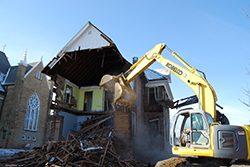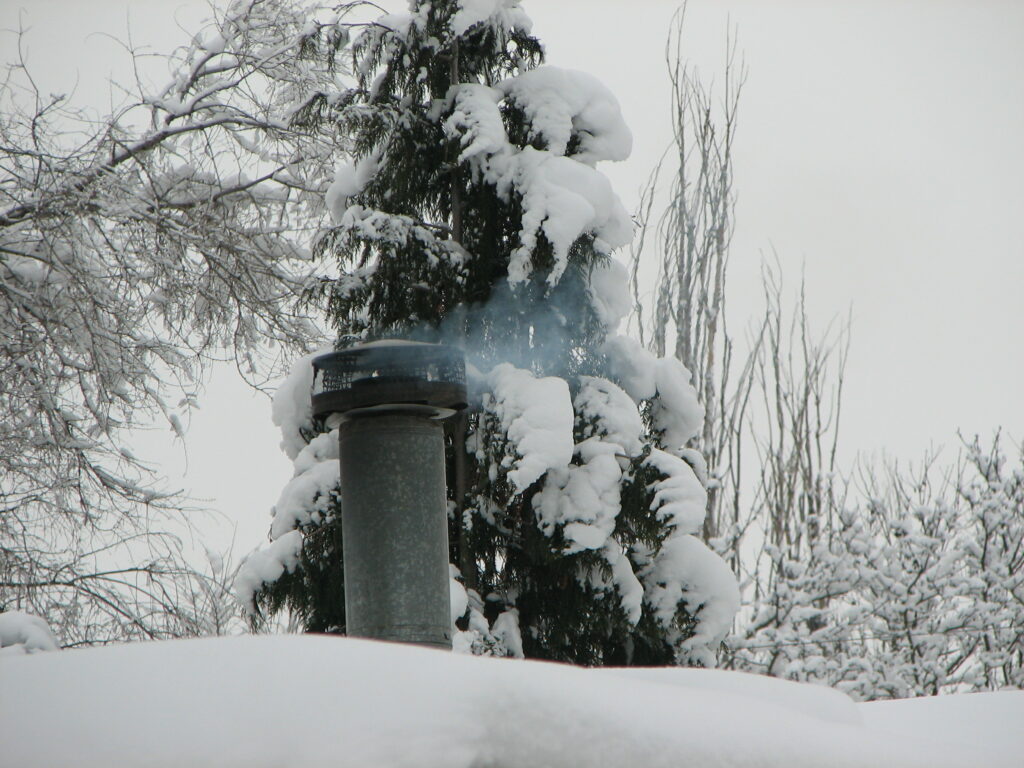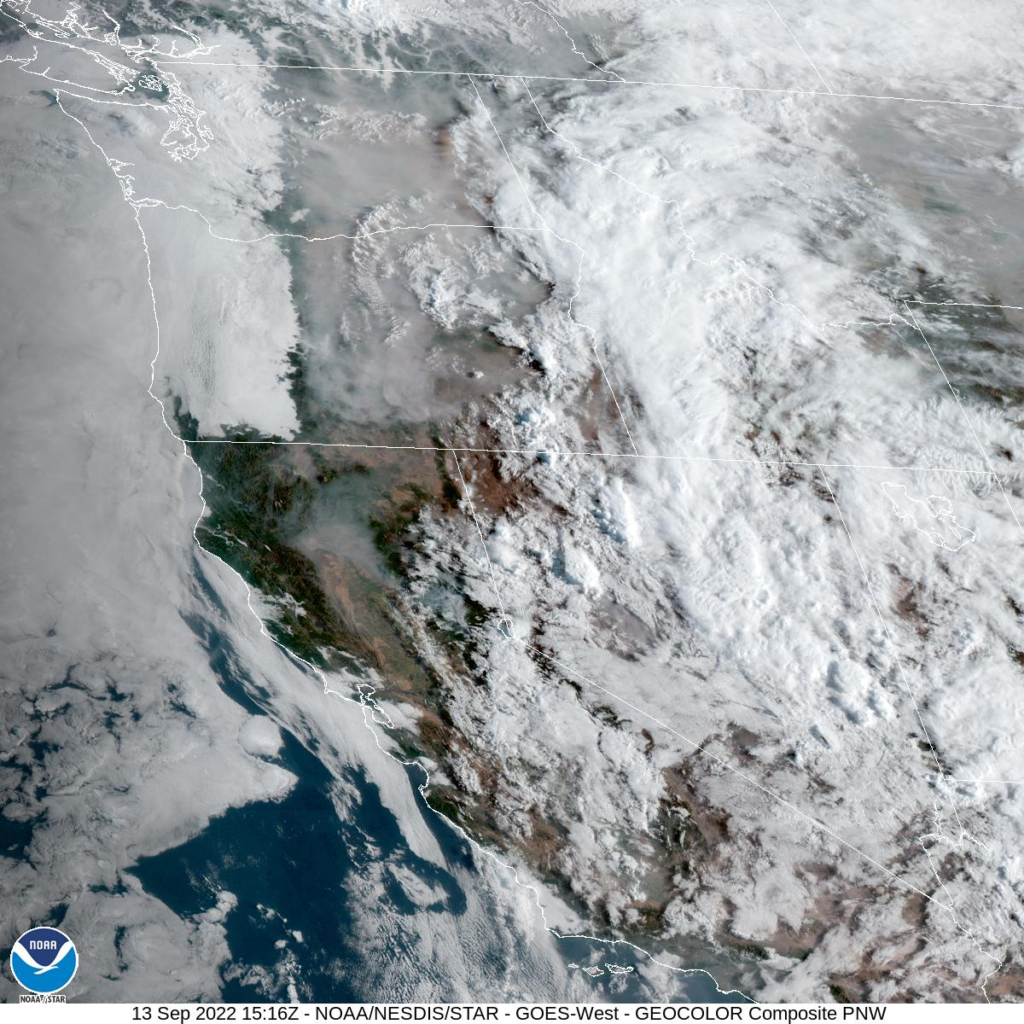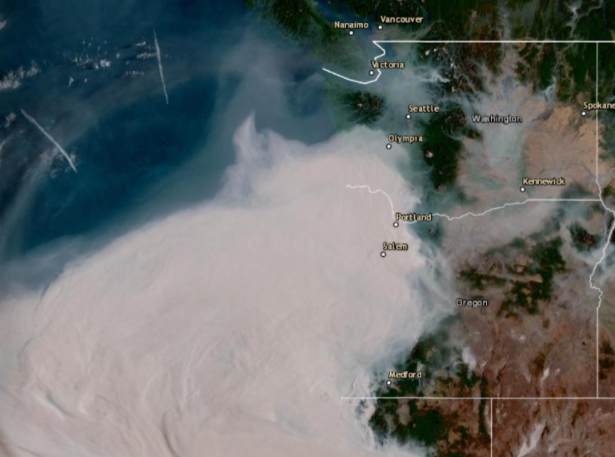
Spokane’s air quality is back in the good range! A reason to celebrate after week of very poor air quality. If you haven’t already, it’s a good time to open the windows and let the clean air circulate throughout your home.
If you are interested, here is a chart of days going back to 1999 – the year we started reporting daily PM2.5 (tiny particles of smoke) data to EPA. Sunday, September 13, was the worst day with an AQI of 479. Pollutant concentrations that day were more than 13 times the health-based standard.
While Spokane Clean Air has been measuring air quality since in the early 1970s, it was in 1997 when EPA established a health-based standard for PM2.5 (particles measure 2.5 microns in diameter and smaller). Prior to 1997, the health-based standard for particle pollution was for PM10 (10 microns and smaller – includes dust and smoke particles.)
Every five years, the EPA undertakes a formal review of the air quality standards to determine if the standards need revised to protect public health.
Here’s a look at how the health-based particle standards have evolved:

1971 – EPA established the first, health-based standard for particle pollution – referred to as TSP – Total Suspended Particles. The primary standard was 260 micrograms/cubic meter of air, 24-hour average.
1987 – EPA replaced the TSP standard with a PM10 standard – particles measuring 10 microns in diameter and smaller. These particles include dust and smoke. The standard is 150 micrograms/cubic meter of air, 24-hour average.
1997 – EPA adopted a new standard for fine particles – PM2.5 (particles 2.5 microns in diameter and smaller). These particles are mainly from combustion-related sources. The standard is 65 micrograms/cubic meter of air, 24-hour average.
2006 – EPA revised the PM2.5 standard from 65 to 35 micrograms/cubic meter of air, 24-hour average.

























